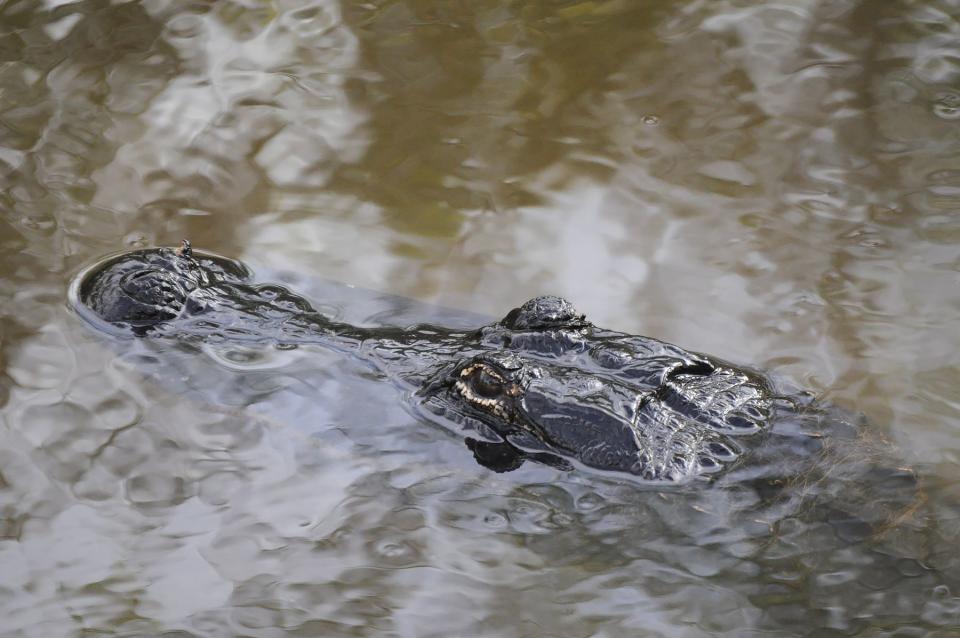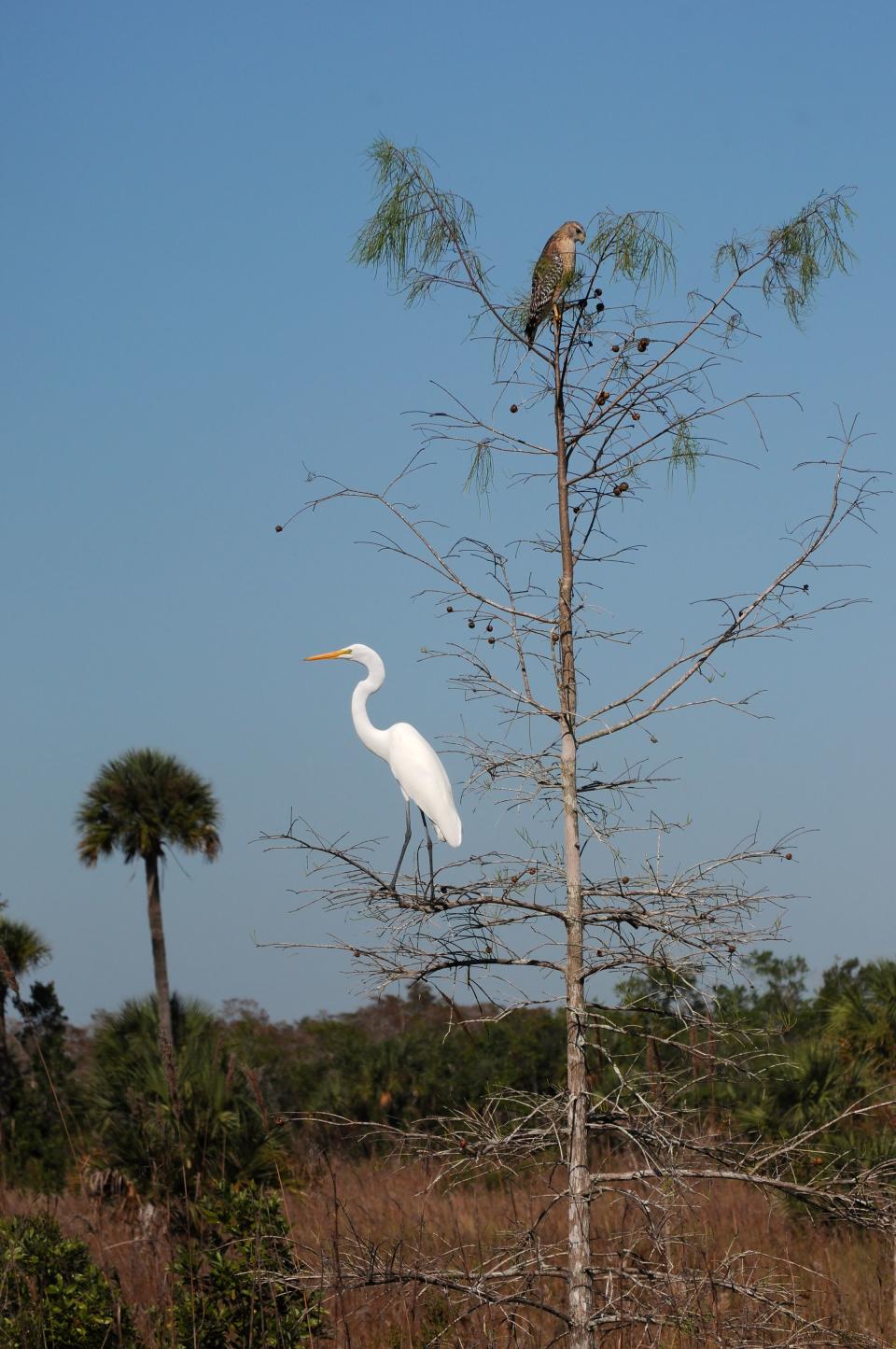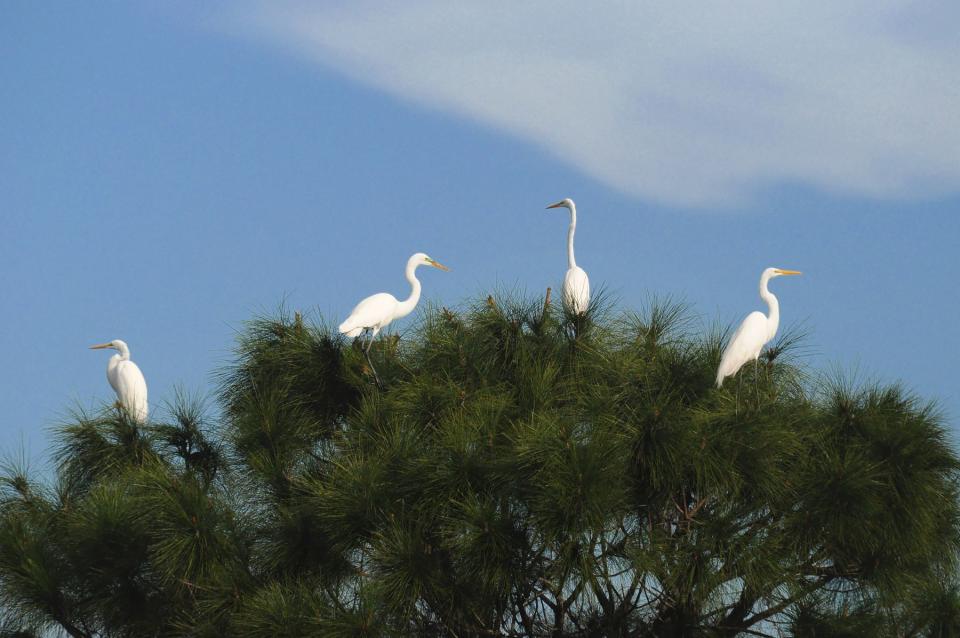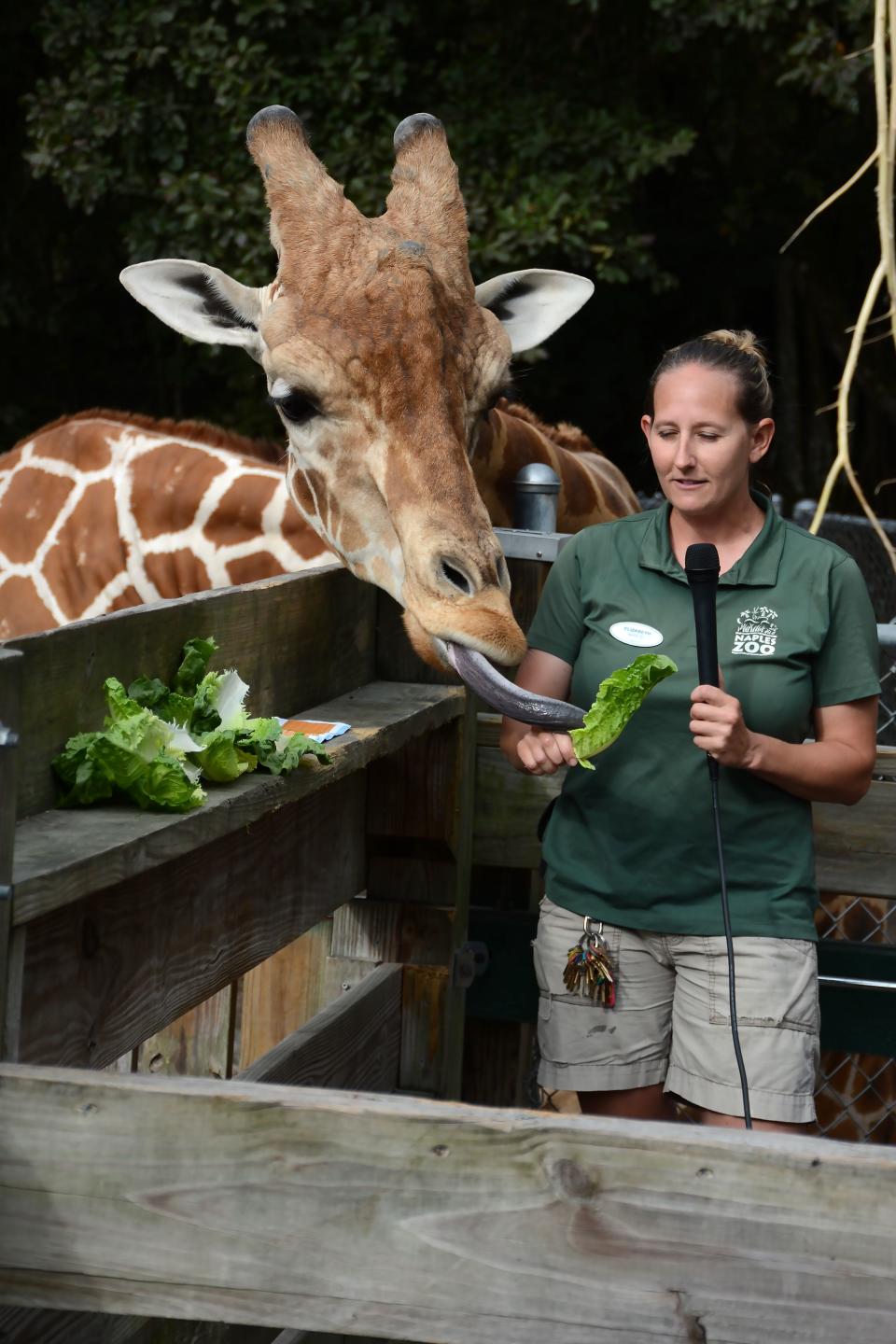Explore the natural paradise of Southwest Florida
New Yorkers usually see the Statue of Liberty only when they have guests. Washingtonians will tell you, the only time they line up to tour the Bureau of Engraving, Washington’s most popular governmental attraction, is when they have visitors from out of town.
It’s probably much the same in Naples, Florida. You have a routine, and if you’re like the rest of us, it’s been a while since you visited some of the attractions that make this such an alluring destination.

More: 6 places to see manatees in Southwest Florida
What follows is a reminder of places you might have not visited in a while, or perhaps you have never seen.

We live surrounded by a fabulous natural paradise, but you don’t want to just go wading off into the swamp on your own.
If you do want to go wading into the swamp, one good place to start is the Fakahatchee Strand Preserve State Park. The lengthy name is perhaps fitting for Florida’s largest state park, with a greater diversity of orchids than can be found anywhere else in the country.
More: 14 nature trails to visit in Southwest Florida
The easy way to experience Fakahatchee is to visit the park’s boardwalk, one of just a handful of opportunities to take a tour of how Florida looked before man altered the landscape. The Big Cypress Bend Boardwalk is on the north side of U.S. 41, 25 miles east of downtown Naples, and about 7 miles west of state Route 29.
To learn more about guided tours including swamp walks, or to support the Friends of Fakahatchee Strand State Preserve Inc., a 501(c)3 organization, go to orchidswamp.org.

Another nature walk can be taken at Corkscrew Swamp Sanctuary, northwest of Naples off of Immokalee Road. The boardwalk here takes visitors into one of the last stands of virgin cypress trees, standing with their roots in water, as they have since before Columbus visited the New World.
This is the home of a nesting wood stork population, who later in the spring may be heard on their nests high in the trees, as well as a host of birds, mammals, reptiles, fish and indigenous Florida flora. The boardwalk is open every day, and for the best chance of seeing wildlife, show up early in the morning. Guided tours conducted by naturalists are also offered. For more information, go online to corkscrew.audubon.org, or call 239-348-9151.
More: 11 places to see alligators in Southwest Florida
To learn more about the local ecosystem in a controlled setting, visit the Environmental Learning Center at Rookery Bay Reserve. There are outdoor activities, including guided kayak tours and walks to the ruins of an old settler’s home, but you can find out things you never knew about mangrove habitat inside the building too.
At Rookery Bay, every day is estuaries day. The Rookery Bay ELC is located at 300 Tower Road, just off Collier Boulevard between Naples and Marco Island. For more information, call 239-530-5940 or visit rookerybay.org.
Additional places to explore include the Conservancy of Southwest Florida Nature Center, and the Gordon River Greenway. Information is available at conservancy.org, and gordonrivergreenway.org, respectively.
The Naples Botanical Garden hosts an astounding array of plant specimens from warm-weather climes all around the world. The garden provides a serene escape from the hustle and bustle of daily life, with more beautiful, exotic fauna than you can take in, even if you spent the whole day wandering the grounds.
More: 10 places to see dolphins in Southwest Florida
At every turn in the paths that wind through the 80 acres of gardens, new vistas showcase flowering trees, hardwood hammocks, a butterfly garden filled with colorful specimens flitting about, an “edge of the world” waterfall, vine-covered trellises to walk through, and a children’s garden filled with kid-sized buildings and activities.

Call NBG at 239-643-7275, or go online to naplesgarden.org for more details.
The Naples Zoo started out as a botanical garden, too, but now the plantings serve as a backdrop for a collection of wild animals from lions, tigers and bears, up to reticulated giraffes, down to anteaters, bongo, and honey badgers, all curated according to the most stringent zoological principles. Ride a boat among islands that are home to a diverse group of monkeys, lemurs and gibbons, and get as close as you want to get to an invasive Burmese python.
More: 16 Instagram-worthy spots to check-in around Southwest Florida
For complete information on the Naples Zoo at Caribbean Gardens, go to napleszoo.org, or call 239-262-5409.
There are lots more opportunities to get out into nature, including fishing boats, shelling excursions, sunset cruises, airboat rides, stand-up paddleboarding and kayak paddles into the swamp – and we haven’t even mentioned Everglades National Park. Just remember, nature in Naples means more than simply golf or Gulf.
Many of the attractions listed have admission charges, specific hours of operation, rules and guidelines. Check with the operators before you head out.
This article originally appeared on Naples Daily News: Explore the natural paradise of Southwest Florida

